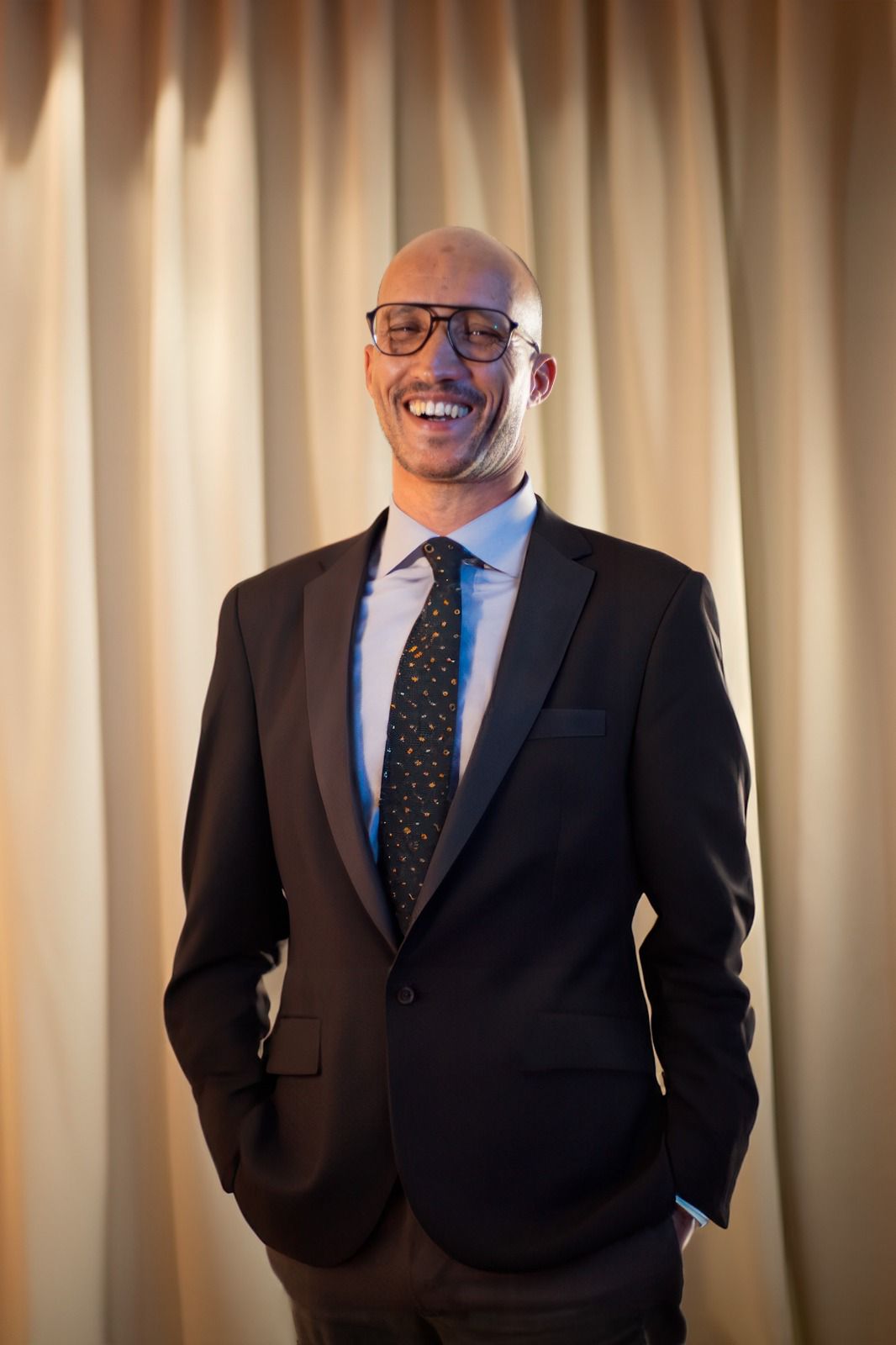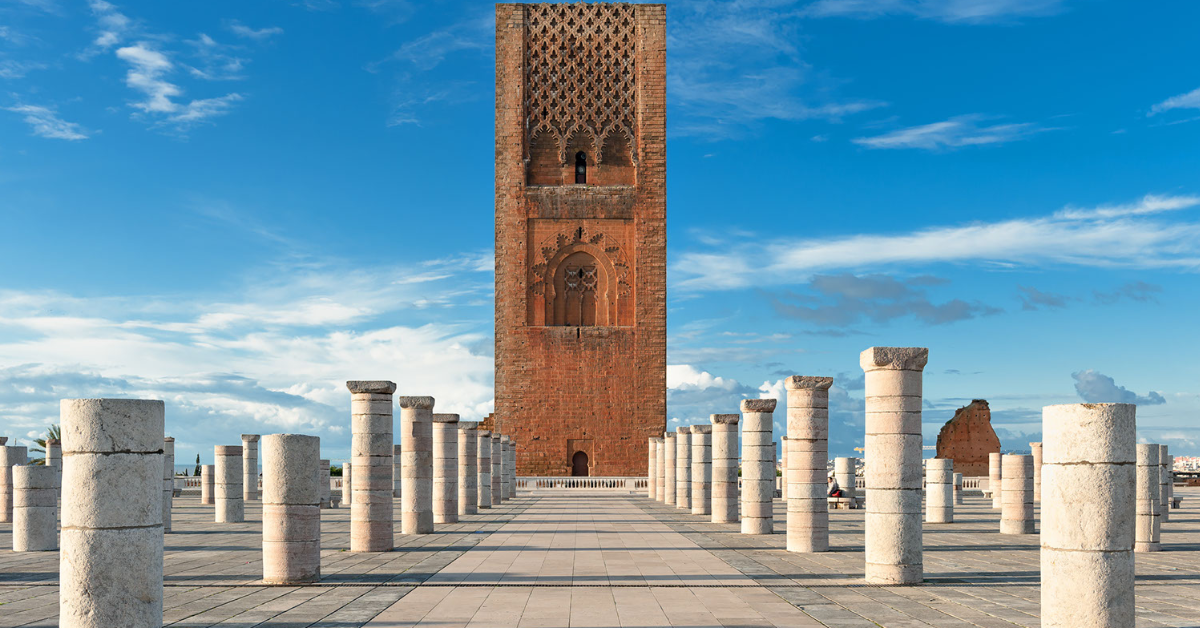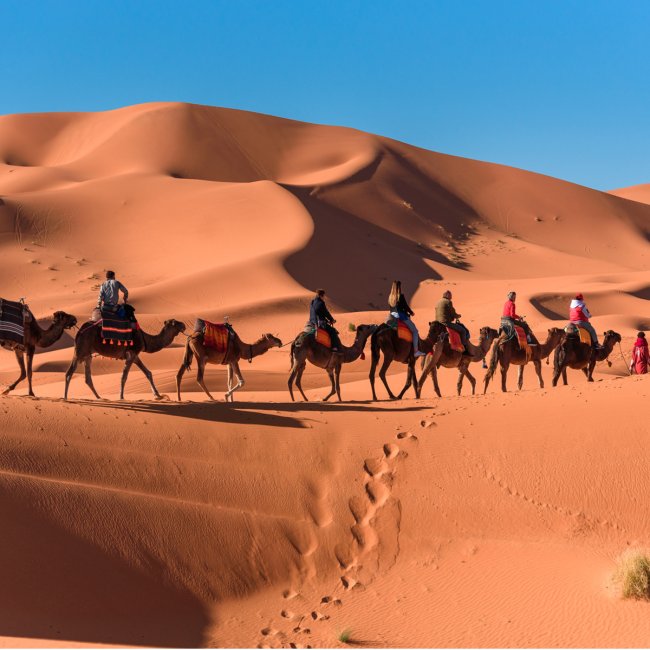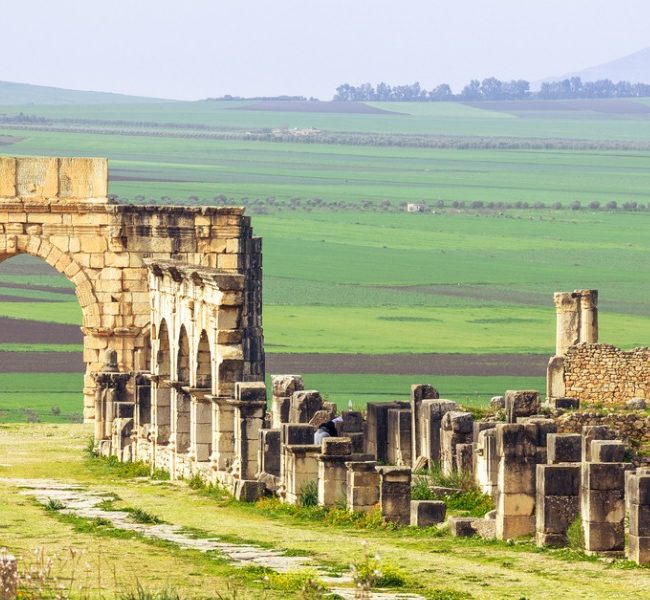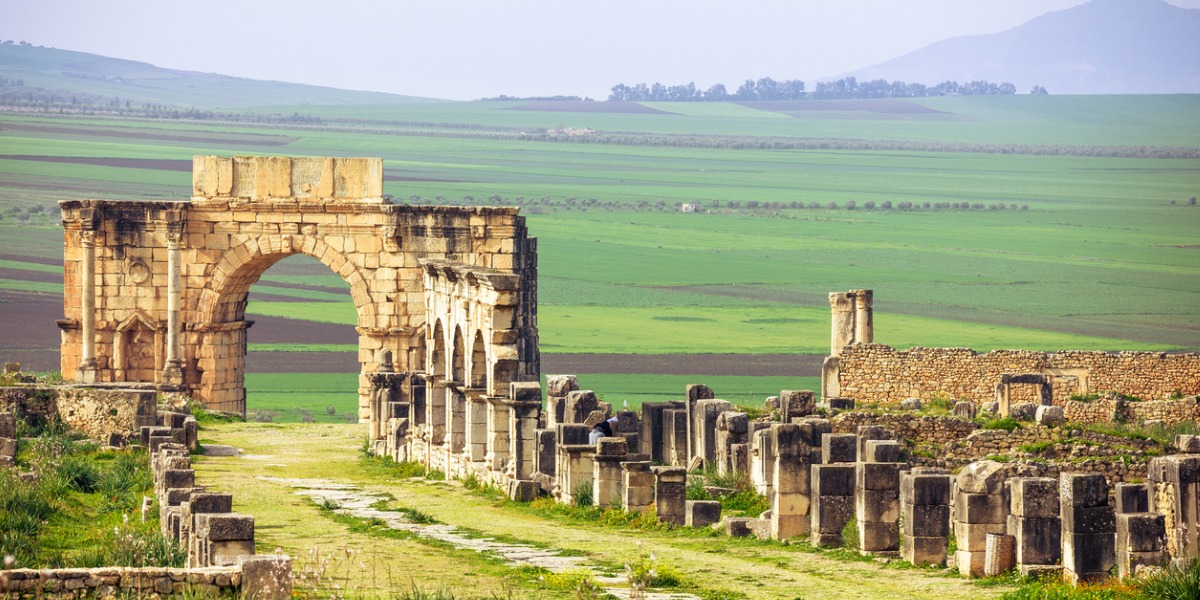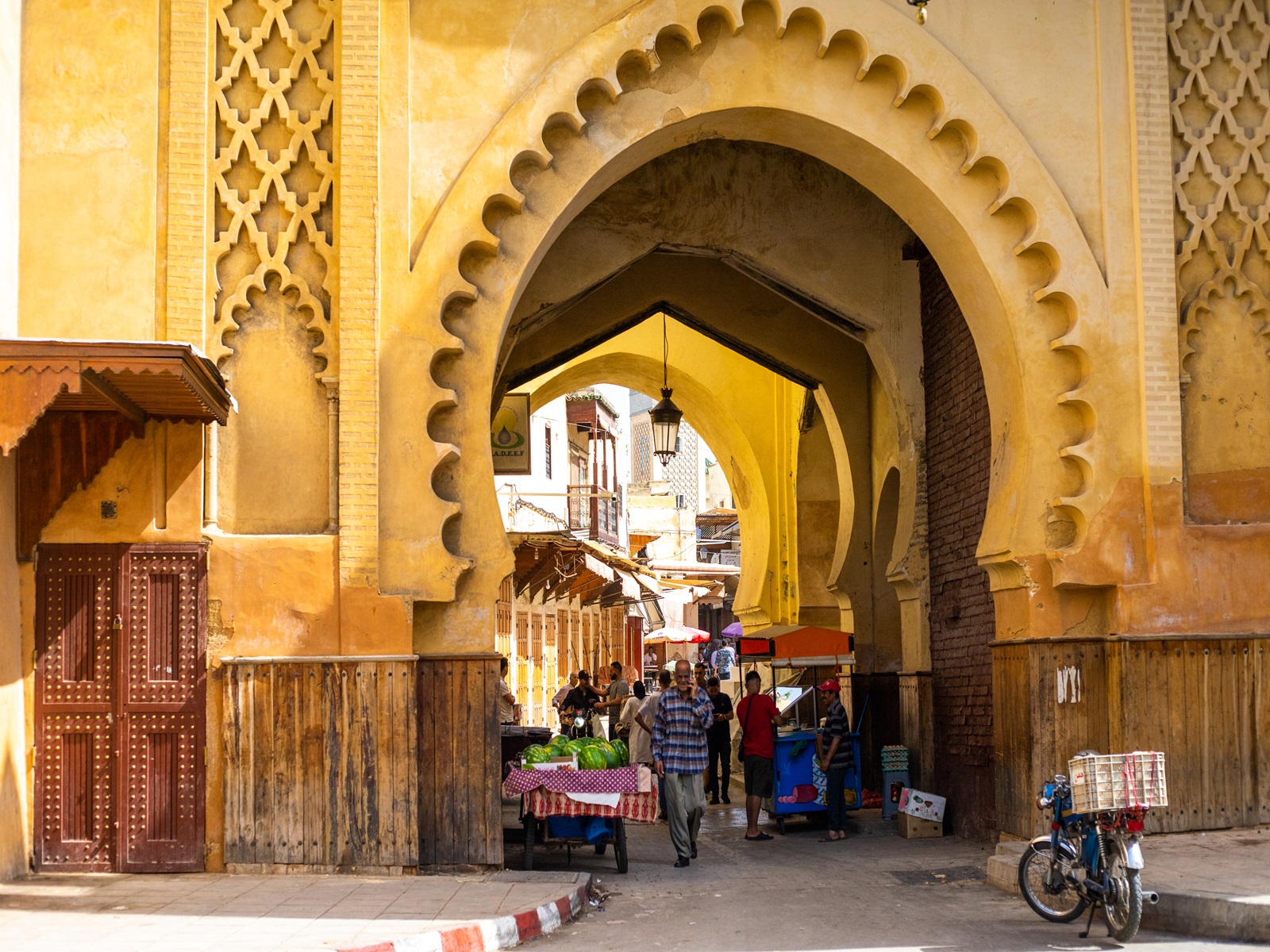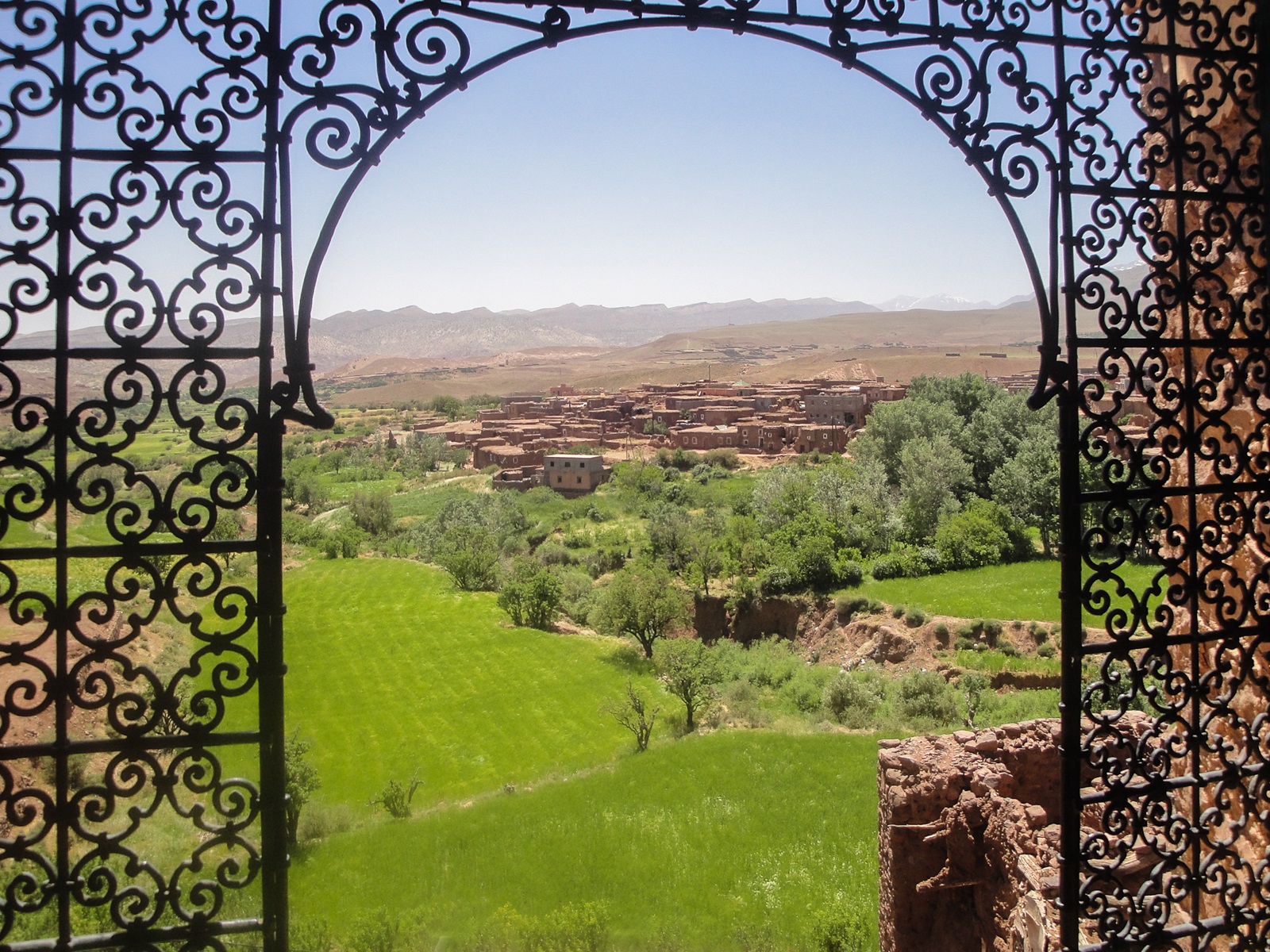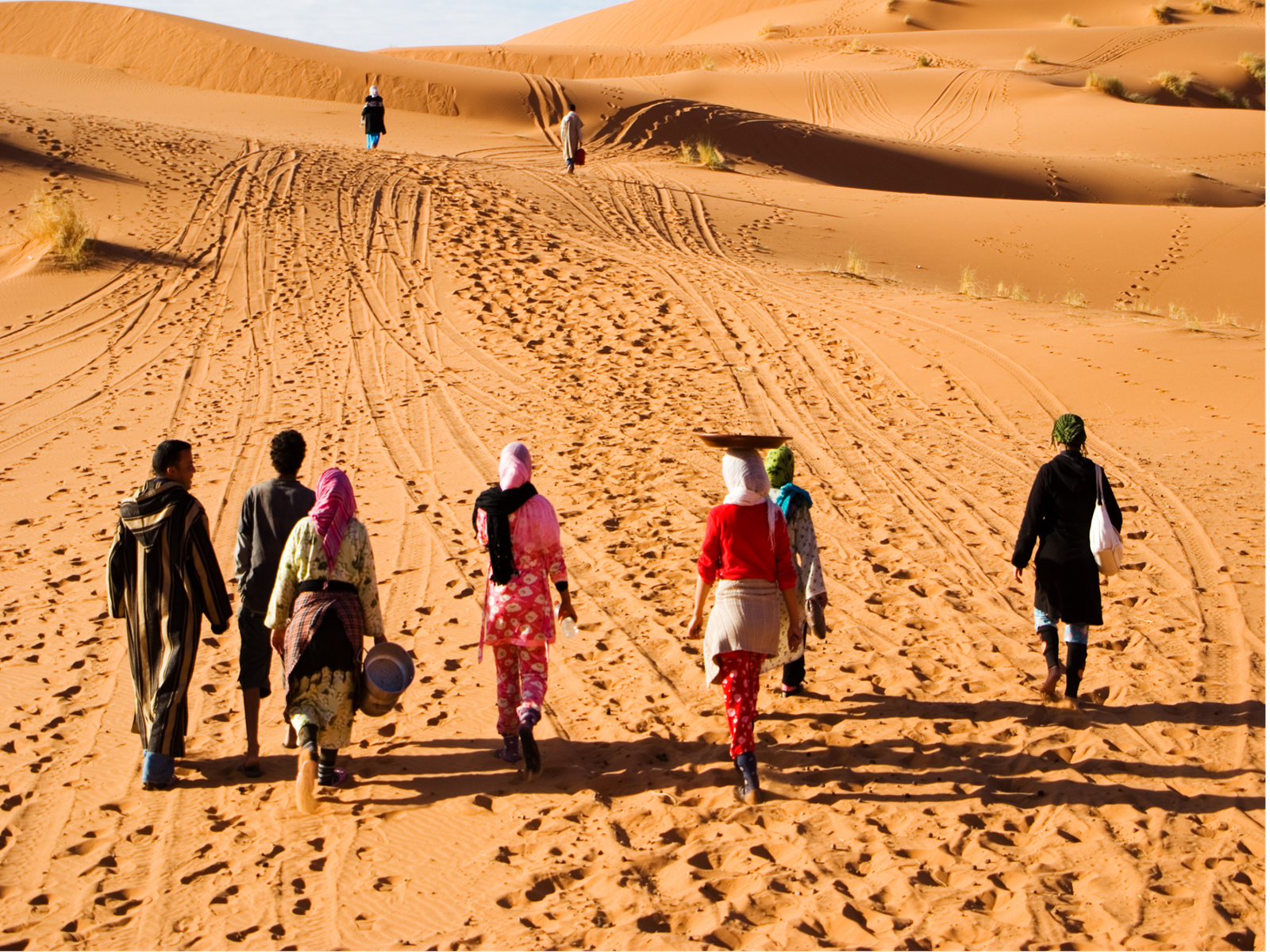Morocco Highlights 10-day Tour
Morocco Highlights 10-day Tour
Travel on the Road of One Thousand Fortresses and explore a multitude of Kasbahs, check out the Roman ruins of Volubilis and venture into its surroundings experience luxury dessert camping, and sleep under the pitch dark sky sprinkled with shimmering stars. Take a camel ride and enjoy the dunes in the Sahara Desert.
Explore the medinas and alleys of some of the most famous Moroccan cities like Marrakech and Fez. Visit the countryside in the exciting 4X4, Visit Morocco, and find true enchantment.
Discover the Enchanting Road of a Thousand Kasbahs
Embark on a journey through time as you traverse the legendary Road of a Thousand Kasbahs. Marvel at the intricate architecture of ancient fortresses, each a testament to Morocco’s rich history and cultural heritage. Lose yourself in the labyrinthine alleys of the High Atlas Mountains, where Berber villages cling to the slopes, offering glimpses into a timeless way of life.
Step Back in Time at Volubilis
Delve into the remnants of the Roman Empire at the well-preserved ruins of Volubilis. Wander through the ancient city, imagining the bustling life that once thrived within its walls. Explore the triumphal arches, intricate mosaics, and grand basilica, and gain a deeper understanding of Morocco’s diverse past.
Embrace the Magic of Desert Nights
Experience the tranquility of the Sahara Desert under a canopy of stars. Indulge in a luxurious desert camping experience, where you can savor delicious Moroccan cuisine, listen to traditional Berber music, and gaze at the celestial wonders. Embark on a camel trek across the golden dunes, capturing breathtaking panoramic views of the endless horizon.
Immerse Yourself in Vibrant Cities
Lose yourself in the vibrant medinas of Marrakech and Fez, where centuries-old traditions intertwine with modern-day life. Explore bustling souks, haggle for exotic spices and handcrafted treasures, and savor the aromatic flavors of Moroccan cuisine. Wander through historic palaces and mosques, and witness the stunning craftsmanship of artisans.
Thrill-Seeking Adventures in the Moroccan Countryside
Embark on an exhilarating 4×4 adventure through the rugged landscapes of Morocco. Traverse the High Atlas Mountains, conquering challenging terrains and breathtaking vistas. Discover hidden waterfalls, explore remote Berber villages, and witness the raw beauty of the Moroccan countryside.
Unveil the Enchantment of Morocco
Morocco offers an unforgettable journey, blending history, culture, and adventure. From the majestic kasbahs to the vast desert dunes, every corner of this captivating country holds a unique story waiting to be discovered.
Departure
CASABLANCADeparture Time
Depends on your arrival timeReturn Time
Depends on your departure timeDress Code
CasualIncluded
Camel trek (one camel per guest)Entrance FeesLocal guides in major cities: Fes; Marrakech, Casablanca mosque, Volubilis; Essaouira, Atlas MountainsMeals as per itineraryNew air-conditioned vehicle 4WD or Minivan/Mini BusOvernight in Desert Luxury CampPick-up and Drop Off ServiceProfessional driver/Tour guide during the tourNot Included
FlightsLunches and drinks unless specifiedPersonal expenses
Tour Plan
Day 1: Casablanca Arrival
Day 2: Casablanca to Marrakech
Day 3: Exploring Marrakech
Day 4: Marrakech to Kasbah ait ben haddou and Ouarzazate
Day 5: Ouarzazate to Dades Gorges
Day 6: Dades Gorges – Todra Gorges – Merzouga desert
Day 7: Merzouga to Fez
Day 8: Exploring Fes
Day 9: Fes - Volubilis - Rabat - Casablanca
Day 10: Return Flight
20 Things You Must Know Before Visiting Morocco Travel Tips
More and more people are visiting Morocco every year. It’s a beautiful country. If you plan on going, here are a few pointers to help you prepare for your trip.- Dress Appropriately
- Currency and Cost
- ATMs.
- Keep Correct Change with You
- Tipping
- Be Wary of Local Guides.
- Stay Away from Strangers Offering Free Tours or Directions.
- Fridays are Holy Days and Prepare for Holidays
- Careful What Water You Use
- Pack Some Immodium
- Watch Your Pockets
- What Language Do They Speak?
- Hello(Peace Be With You): Salam Alikome (salaam a eleikum)
- Thank You:Choukran (shokran)
- No Thank You: La Choukran (la shokran). This one is useful when you have a bunch of street vendors hassling you to buy something.
- Watch Out: Although you won’t use this yourself, you’ll most likely hear this in the medinas or souks (outdoor markets). It will be said by locals coming by with a mule, motorcycle, or cart and is a warning to move to the side.
- Visiting Mosques:
- Do I Need a Visa or Vaccines?
- Ask Before Taking Photos (And You May Have to Pay).
- Souvenirs to Bring Home:
****************************
Overall, Morocco is a beautiful country, and you will be happy to experience it. As long as you’re completely aware of your surroundings, and you go in with the right mindset and expectations, you can have a wonderful experience.
